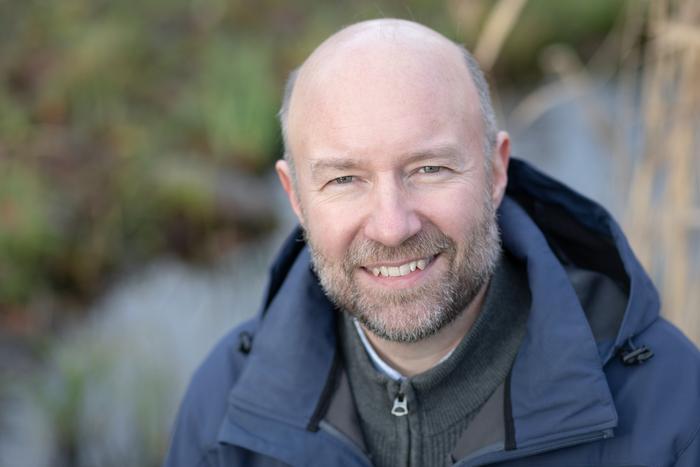A mystery that has puzzled the scientific community for over 50 years has finally been solved. A team from Linköping University, Sweden, and Helmholtz Munich have discovered that a certain type of chemical reaction can explain why organic matter found in rivers and lakes is so resistant to degradation. Their study has been published in the journal Nature.
“This has been the holy grail within my field of research for over 50 years”, says Norbert Hertkorn, scientist in analytical chemistry previously at Helmholtz Munich and currently at Linköping University.

Credit: Charlotte Perhammar
A mystery that has puzzled the scientific community for over 50 years has finally been solved. A team from Linköping University, Sweden, and Helmholtz Munich have discovered that a certain type of chemical reaction can explain why organic matter found in rivers and lakes is so resistant to degradation. Their study has been published in the journal Nature.
“This has been the holy grail within my field of research for over 50 years”, says Norbert Hertkorn, scientist in analytical chemistry previously at Helmholtz Munich and currently at Linköping University.
Let us take it from the beginning. When, for example, a leaf detaches from a tree and falls to the ground, it begins to break down immediately. Before the leaf decomposes, it consists of a few thousand distinct biomolecules; molecules that can be found in most living matter.
The decomposition of the leaf occurs in several phases. Insects and microorganisms begin to consume it, while sunlight and humidity affect the leaf, causing further breakdown. Eventually, the molecules from the decomposed leaf are washed into rivers, lakes and oceans.
However, at this point, the thousands of known biomolecules have been transformed into millions of very different-looking molecules with complex and typically unknown structures. This dramatic chemical transformation process has remained a mystery that has confounded researchers for over half a century, until now.
“Now we can elucidate how a couple of thousand molecules in living matter can give rise to millions of different molecules that rapidly become very resistant to further degradation”, says Norbert Hertkorn.
The team discovered that a specific type of reaction, known as oxidative dearomatisation, is behind the mystery. Although this reaction has long been studied and applied extensively in pharmaceutical synthesis, its natural occurrence remained unexplored.
In the study, the researchers showed that oxidative dearomatisation changes the three-dimensional structure of some biomolecule components, which in turn can activate a cascade of subsequent and differentiated reactions, resulting in millions of diverse molecules.
Scientists previously believed that the path to dissolved organic matter involved a slow process with many sequential reactions. However, the current study suggests that the transformation occurs relatively quickly.
The team examined dissolved organic matter from four tributaries of the Amazon River and two lakes in Sweden. They employed a technique called nuclear magnetic resonance (NMR) to analyse the structure of millions of diverse molecules. Remarkably, regardless of the climate, the fundamental structure of the dissolved organic matter remained consistent.
“Key to the findings was the unconventional use of NMR in ways allowing studies of the deep interior of large dissolved organic molecules – thereby mapping and quantifying the chemical surroundings around the carbon atoms.” explains Siyu Li, scientist at the Helmholtz Zentrum and lead author of the study.
In biomolecules carbon atoms can be connected to four other atoms, most often to hydrogen or oxygen. However, to the team’s surprise, a very high fraction of the organic carbon atoms was not connected to any hydrogen but instead primarily to other carbon atoms. Particularly intriguing was the large number of carbon atoms bound specifically to three other carbons and one oxygen atom, a structure being very rare in biomolecules.
According to David Bastviken, professor of environmental change at Linköping University, this renders the organic matter stable, allowing it to persist for a long time and preventing it from rapidly returning to the atmosphere as carbon dioxide or methane.
“This discovery helps explaining the substantial organic carbon sinks on our planet, which reduce the amount of carbon dioxide in the atmosphere”, says David Bastviken.
Journal
Nature
Article Title
Dearomatization drives complexity generation in freshwater organic matter
Article Publication Date
24-Apr-2024



